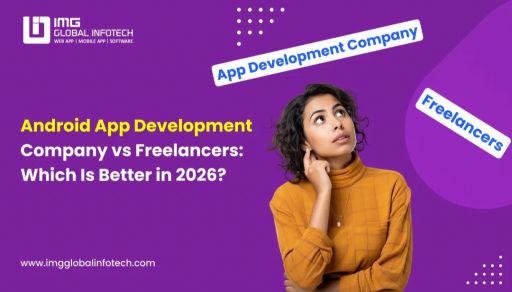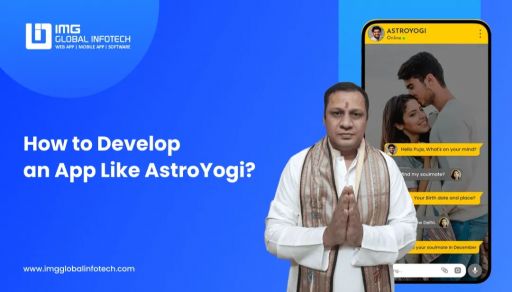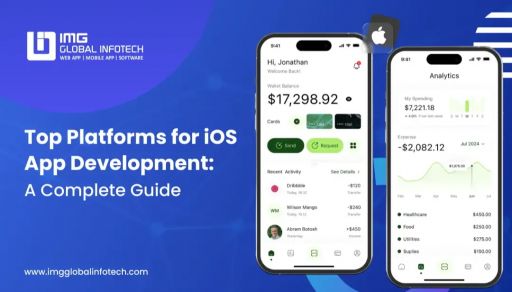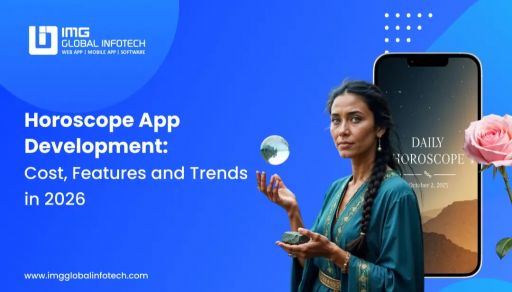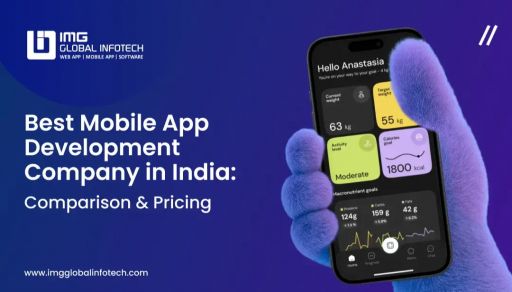How To Develop A Doctor Appointment App Like Practo?
Mohit Mittal
Oct 04, 2023

In today's fast-paced world, convenience and accessibility in healthcare services are paramount, so healthcare app development not only proves to be beneficial for businesses but crucial as well.
Today, individuals seek efficient ways to book appointments with healthcare professionals, manage their medical records, and access reliable health information. Practo, a renowned doctor appointment app, has bridged this gap by providing a seamless solution. Aspiring to create a similar application requires a deep understanding of the underlying technology, user experience, and the healthcare landscape.
In this blog, we'll delve into the essential aspects of developing a doctor appointment booking app, from conceptualization to implementation. We'll explore the key features, technology stack, user interface considerations, and the critical steps necessary to bring this innovative healthcare solution to life. So, let’s read this blog to know about ‘How to develop a doctor appointment booking app like Practo?’
What is A Doctor Appointment Booking App?
A doctor appointment booking app is a digital platform that allows users to find, schedule, and manage appointments with healthcare professionals. Users have access to information on doctors' biographies, specialties, reviews, as well as the ability to plan appointments and receive reminders. Doctor appointment app simplify the process of scheduling doctor visits, improving accessibility and convenience for patients looking for healthcare services.
How Does A Doctor Appointment App Like Practo Work?
Like other mobile app for scheduling doctor appointment, Practo works by following a straightforward and approachable procedure –
1. User Registration: Users register on the app and fill out the relevant fields, including their name, contact information, and health information.
2. Search for Doctors: Users can search for doctors based on their location, specialization, availability, ratings, and other factors.
3. Doctor Profiles: The app provides thorough profiles of doctors, including information about their education, training, specialty, consultation fees, schedules, and patient feedback.
4. Appointment Booking: Patients can plan an appointment by choosing an appropriate time slot from those offered in the doctor's schedule.
5. Confirmation and Reminders: To make sure the user doesn't miss their planned consultation, the app verifies the appointment and sends reminders to the user.
6. Feedback and Reviews: Following the appointment, users can share their opinions in the form of feedback and reviews to assist other users in making wise choices.
7. Medical Records and Prescriptions: Some apps enable users to securely save their medications, medical information, and other pertinent papers for quick access and future usage.
8. Payment and Insurance Integration: Users can pay for the appointment using the app, and some apps interface with insurance companies to simplify invoicing and claims.
Why Should You Develop A Doctor Appointment App?
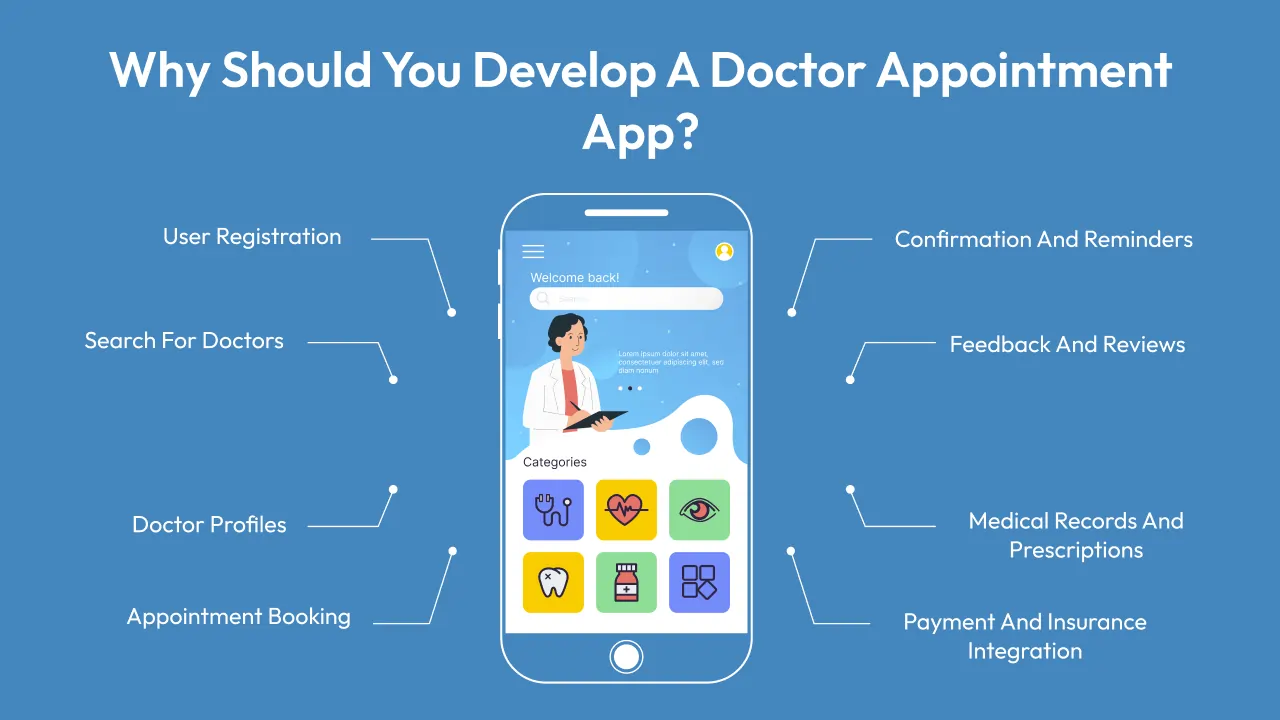
Developing a doctor appointment booking app can offer numerous benefits to both users and healthcare providers. Here are some of the key advantages of doctor on-demand app development.
Now, the appointment booking process is quick, easy, and efficient, thanks to the app's role as a middleman between patients and medical experts. It makes managing healthcare easier for both patients and physicians.
1. Convenience and Accessibility
- Users can easily book appointments with doctors at their preferred time and location, reducing the need for physical visits or phone calls.
- 24/7 availability enables users to schedule appointments at their convenience, even outside of regular office hours.
2. Efficient Time Management
- Streamlines the appointment scheduling process for both users and healthcare providers, optimizing time for both parties.
- It helps reduce waiting times for patients and allows doctors to manage their schedules more efficiently.
3. Real-Time Availability
- Users can view the real-time availability of doctors and select a suitable time slot based on their needs and preferences.
- Healthcare providers can update their availability in real-time, ensuring accurate scheduling and reducing appointment conflicts.
4. Automated Reminders
- Sends automated reminders to users about upcoming appointments, reducing the likelihood of missed appointments and improving attendance rates.
5. Improved Patient Experience
- Enhances the overall patient experience by providing a user-friendly interface for appointment booking and managing health-related activities.
- Allows users to choose healthcare providers based on reviews, ratings, and other relevant information.
6. Enhanced Efficiency for Healthcare Providers
- Reduces administrative workload for healthcare providers by automating appointment scheduling, reminders, and cancellations.
- Enables doctors to plan their day more efficiently, improving overall productivity.
7. Integration with Health Records
- Allows integration with electronic health records (EHR) systems, providing healthcare providers with access to the patient's medical history and records.
- Enhances the quality of care by enabling healthcare providers to prepare and personalize treatment plans based on the patient's health history.
8. Revenue Generation
- Supports online payments and billing.
- Facilitating smoother transactions for both users and healthcare providers, potentially leading to increased revenue.
9. Data Analytics and Insights
- Provides valuable data on appointment trends, patient preferences, and other relevant insights.
- Optimize operations, market strategies, and service offerings.
These are some of the major benefits to develop doctor appointment booking app like Practo. Now that you are well-versed with the benefits do not delay any further, and get started with the online doctor appointment booking app development process.
Must-Have Features of the Doctor Appointment App
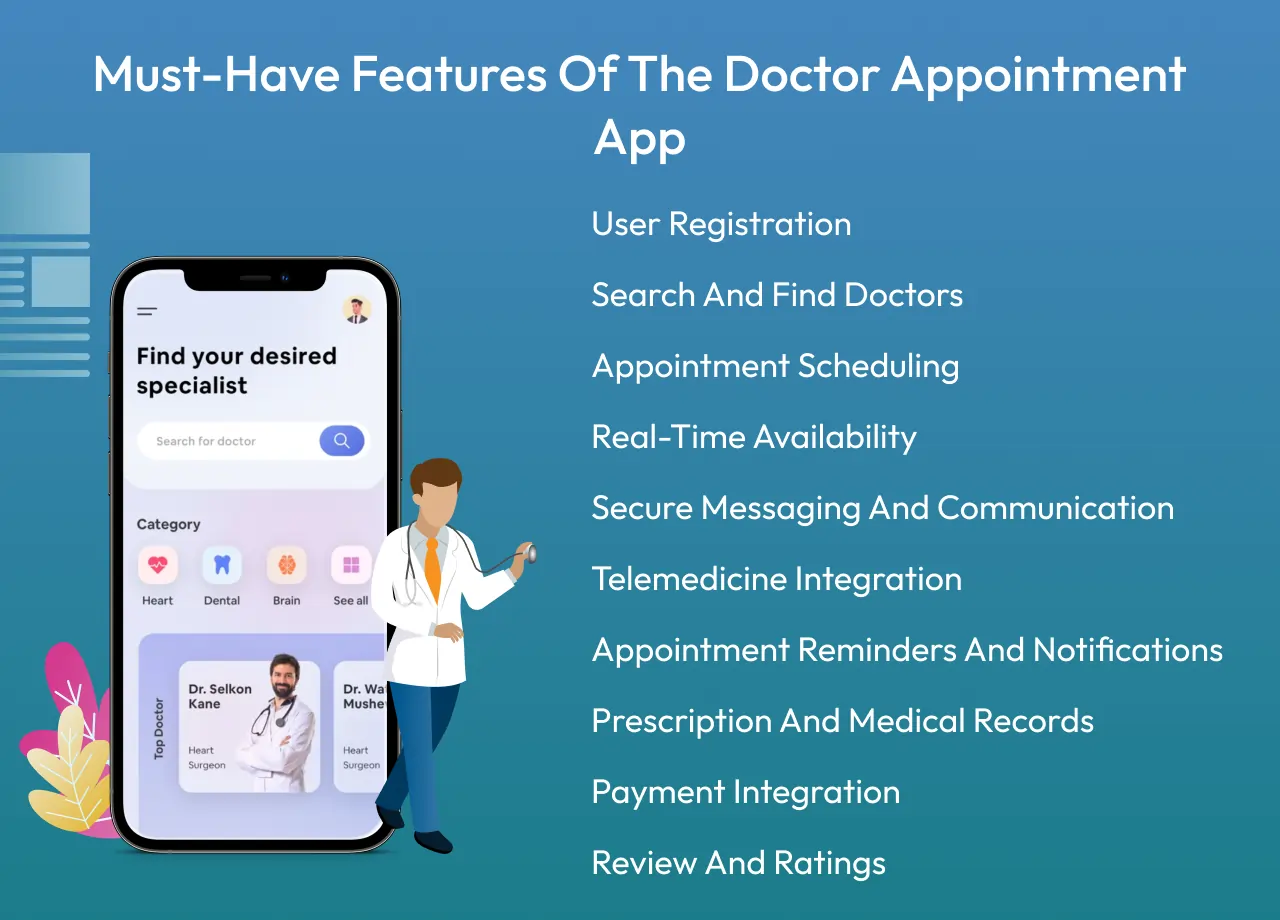
A productive and efficient doctor appointment app like Practo must include a number of essential features. It helps to improve user experience, speed up the scheduling process, and give both patients and healthcare professionals useful information. A doctor appointment app must contain the following features –
User Registration
Permit users to build and manage their profiles, which might contain personal data and medical and insurance information.
Search and Find Doctors
Allow customers to search for doctors based on several criteria, such as specialty, location, availability, reviews, and ratings.
Appointment Scheduling
Offer a user-friendly interface that allows patients to select their preferred dates and times for visits with certain doctors.
Real-Time Availability
Users can select among available timeslots depending on the doctors' current availability, which is displayed in real time.
Secure Messaging and Communication
Provide a secure messaging system that enables users to ask inquiries, clear up doubts, or follow up on appointments, allowing patients and doctors to communicate.
Telemedicine Integration
By including a telemedicine component, customers will be able to schedule remote visits with doctors through video conversations.
Appointment Reminders and Notifications
With this feature of the healthcare appointment solution, you can inform users of their upcoming appointments and send them reminders to help prevent no-shows.
Prescription and Medical Records
Enable patients to access and securely retain their medical information within the app and permit doctors to upload prescriptions and medical documents.
Payment Integration
Allow for safe online payment when ordering consultations, appointments, or other services using the app.
Review and Ratings
Permit users to rate and review healthcare professionals and their services so that others may make educated decisions.
Emergency Services Integration
Give users of the app access to information on emergency services like hospitals, clinics, or helplines.
Health Tips and Resources
To inform people about numerous health concerns and encourage a healthy lifestyle, include a section with health advice, articles, and educational materials.
Language Localization
Support multiple languages to cater to a diverse user base, enhancing accessibility and usability.
Integration with Wearables and Health Devices
Integrate with wearable devices to allow users to track their health metrics, which can be shared with their healthcare providers.
Feedback and Improvement Mechanism
Implement a feedback system to gather user feedback, suggestions, and complaints to improve the app's functionality and user experience continuously.
Data Privacy and Security
Ensure robust data privacy and security measures to protect users' sensitive health information and comply with relevant data protection regulations.
Accessibility Features
Design the app to be accessible to individuals with disabilities by incorporating features like voice commands, screen readers, and color contrasts.
Creating a doctor consultation booking app with these essential features can significantly enhance the user experience, improve efficiency in appointment scheduling, and ultimately benefit both patients and healthcare providers.
How to Build A Doctor Appointment Booking App?
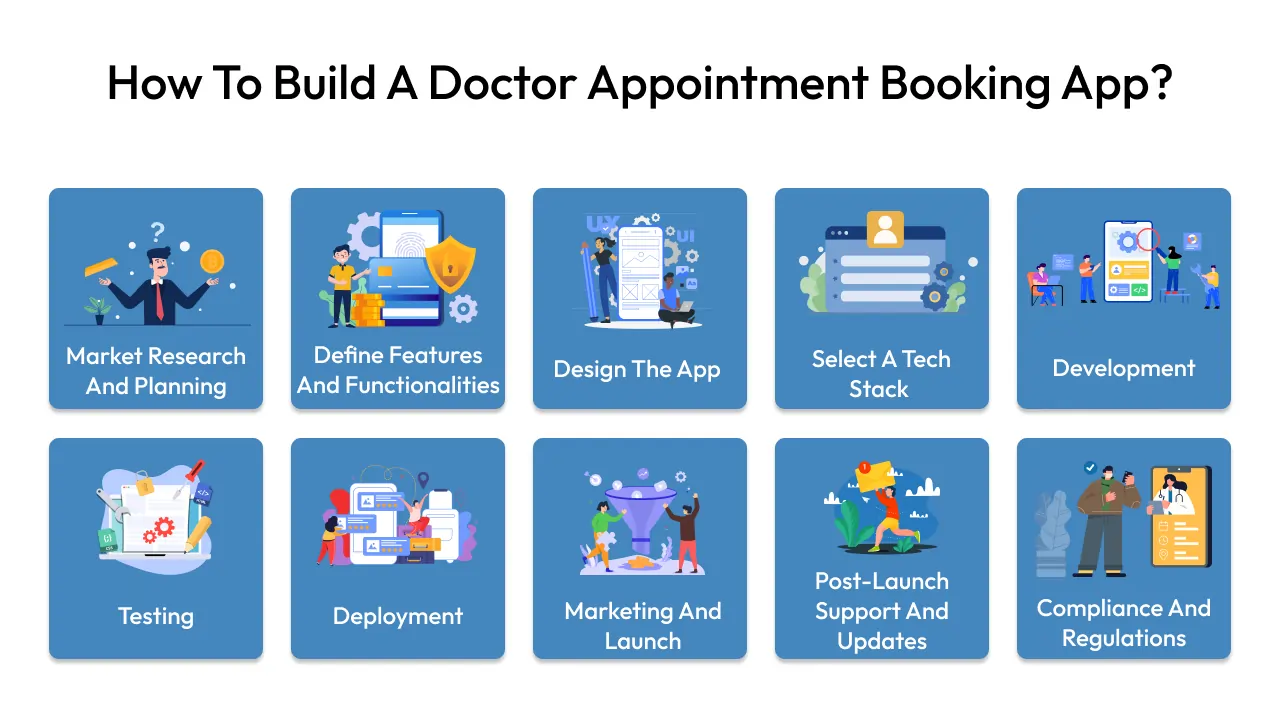
Building a doctor appointment booking app involves several steps, including planning, designing, development, testing, and deployment. Here's a high-level guide to help you get started:
1. Market Research and Planning
Conduct market research to understand the target audience, competitors, and their offerings. Define the app's goals, target market, features, and unique selling points. Create a detailed project plan, including timelines, budget, and resource allocation.
2. Define Features and Functionalities
- User Registration and Profile Management
- Doctor and Clinic Listings
- Appointment Scheduling
- Push Notifications for Appointments and Reminders
- In-app Chat or Call for Consultation
- Payment Integration
- Reviews and Rating
- Search and Filters
- Feedback and Support
3. Design the App
Create wireframes and prototypes to visualize the app's structure and flow. Design the user interface (UI) and user experience (UX) based on the wireframes. Choose a color scheme, icons, and overall design elements that align with your brand and target audience.
4. Select a Tech Stack
Choose the appropriate technology stack based on the app's requirements (e.g., front-end framework, backend framework, database, etc.). Common choices for app development include React Native, Flutter, Swift (for iOS), Kotlin (for Android), and a backend framework like Node.js or Django.
5. Development
Develop the front-end and backend components according to the defined features and design. Implement user authentication, appointment scheduling, payment integration, and other key functionalities. Ensure seamless integration between the front-end and backend for a smooth user experience.
6. Testing
Conduct thorough testing to identify bugs, usability issues, and security vulnerabilities. Perform functional testing, usability testing, performance testing, and security testing. Fix any problems and retest to ensure a stable and reliable app.
7. Deployment
Deploy the app to the relevant app stores (e.g., Apple App Store, Google Play Store) or enterprise deployment platforms. Set up the necessary infrastructure for app hosting and monitoring.
8. Marketing and Launch
Create a marketing strategy to promote the app, including social media campaigns, advertisements, and press releases. b. Launch the app and gather user feedback for further improvements.
9. Post-Launch Support and Updates
Monitor app performance, user feedback, and reviews. Regularly update the app to introduce new features, improvements, and security patches.
10. Compliance and Regulations
Ensure compliance with healthcare regulations and data privacy laws (e.g., HIPAA, GDPR).
11. Scale and Optimize
Monitor app usage and performance to identify areas for optimization and scaling as the user base grows.
Building a doctor appointment booking app is a complex process that requires careful planning, development, and ongoing maintenance. It's essential to prioritize user experience, data security, and compliance with healthcare regulations throughout the development lifecycle. Consider consulting with professionals experienced in healthcare app development for further guidance.
Cost to Develop a Doctor Appointment App
The cost to develop a doctor appointment app typically ranges from $15,000 to $45,000 or more, depending on various factors. Basic features like appointment scheduling, user profiles, and search functionalities will be on the lower end of the spectrum. When you add more complex features, the doctor consultation booking app development cost will increase.
Additionally, whether you opt for a native app (iOS, Android) or a cross-platform solution (React Native, Flutter) will impact the healthcare appointment solution. The geographic location of the development team and their hourly rates are significant cost determinants as well.
Conclusion!!!
In conclusion, embarking on the journey to develop a clinic appointment system like Practo requires a blend of innovation, technical prowess, and a profound understanding of the healthcare ecosystem. Prioritize a seamless user experience by designing an intuitive interface that simplifies appointment scheduling, medical history access, and prescription management.
Integration of robust features will enhance the doctor appointment app's credibility and usability. Furthermore, ensuring compliance with healthcare regulations and data privacy standards is non-negotiable to establish trust and credibility among users and healthcare professionals.
Continuous user feedback and iterative improvements are key to refining the app and making it more efficient and user-friendly. Get in touch with the doctor on-demand app development professionals who will help you develop a successful healthcare application.
Ultimately, success in building a doctor appointment booking app like Practo hinges on a dedication to enhancing healthcare accessibility, simplifying patient-doctor interactions, and utilizing technology to empower both patients and healthcare providers.
Mohit Mittal is the co-founder of a leading IT company with over a decade of experience in driving digital transformation and innovative tech solutions. With a strong background in software development, Mobile app development, E-commerce, business strategy, and team leadership, Mohit Mittal is passionate about helping businesses scale through technology. When not solving complex tech challenges, he enjoys sharing insights on emerging trends, entrepreneurship, and the future of IT.




